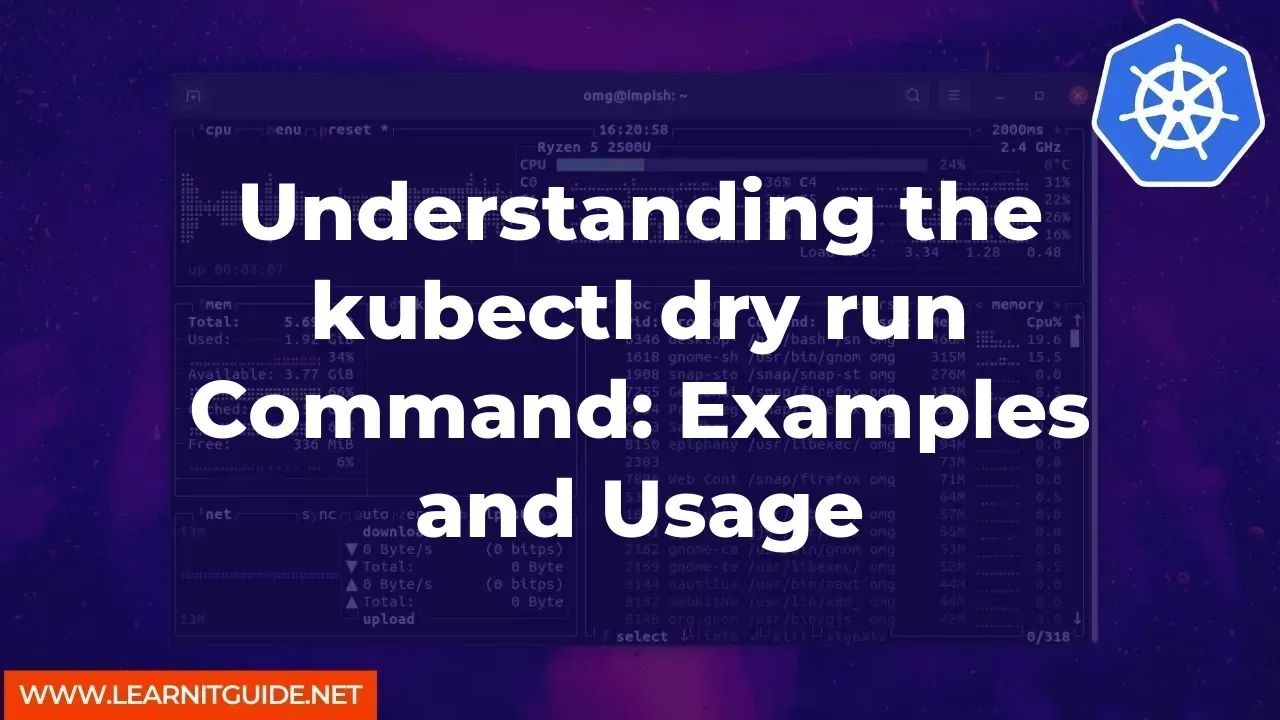If you are a developer or system administrator working with Kubernetes, you have probably encountered the kubectl command. This powerful tool allows you to interact with Kubernetes clusters and manage applications running on them. One of the most useful features of kubectl is the dry run command.
In this article, we will explore what the dry run command does and how to use it effectively.
What is kubectl dry run?
The kubectl dry run command allows you to preview changes to your Kubernetes resources before actually applying them. This can be incredibly useful for catching errors or unintended consequences before they occur. With dry run, you can see the changes that would be made if you were to apply your resource configuration, without actually making those changes.
Using kubectl dry run
To use the kubectl dry run command, simply include the --dry-run flag when applying a resource configuration. Here's an example:
kubectl apply -f my-resource.yaml --dry-run
This will output the changes that would be made if you were to apply my-resource.yaml, but without actually applying them.
The --dry-run flag can also be used with other kubectl commands, such as delete:
kubectl delete deployment my-deployment --dry-run
This will output the changes that would be made if you were to delete the my-deployment deployment, but without actually deleting it.
Using kubectl dry run with output options
By default, kubectl dry run will output the changes in YAML format. However, you can also specify a different output format using the --output flag. For example:
kubectl apply -f my-resource.yaml --dry-run --output=json
This will output the changes in JSON format instead of YAML.
You can also use the --output flag with the diff command to see a side-by-side comparison of the current resource configuration and the proposed changes:
kubectl diff -f my-resource.yaml --dry-run --output=wide
This will output a side-by-side comparison of the current resource configuration and the changes that would be made if you were to apply my-resource.yaml.
The kubectl dry run command is a powerful tool that allows you to preview changes to your Kubernetes resources before actually applying them. By using dry run, you can catch errors and unintended consequences before they occur, and ensure that your Kubernetes cluster remains stable and reliable.
Whether you are a developer or system administrator, understanding and using the kubectl dry run command is an essential skill for managing your Kubernetes applications.
Related Searches and Questions asked:
That's it for this post. Keep practicing and have fun. Leave your comments if any.








0 Comments